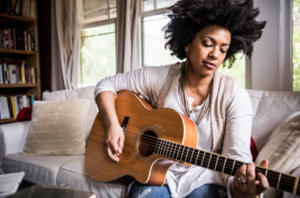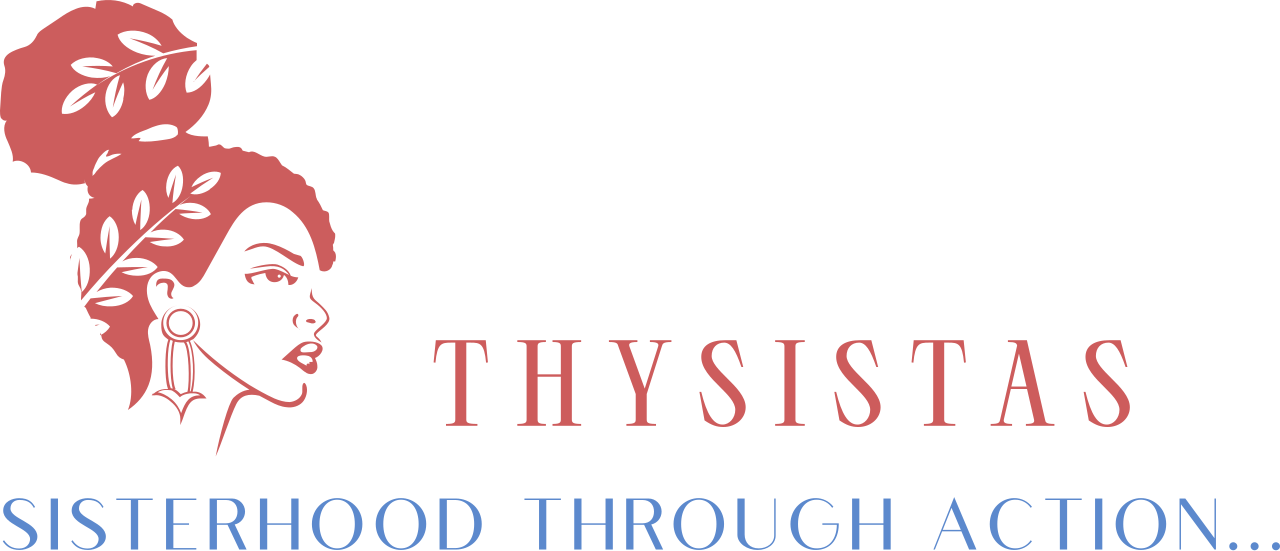(ThySistas.com) There are many fantastic and varied benefits to learning to play an instrument. Music can be a wonderful form of escapism, excellent stress relief, a great way to meet new people and get out more. It can help you to feel more spiritual and creative, and it can give you an easy outlet for anything that’s on your mind. If you are feeling a little lost, spiritually, emotionally or personally, learning an instrument can give you a new focus and help you to get back on track.
It’s certainly a valuable pastime and guitar is a common choice. The guitar is an accessible instrument. You can pick one up relatively cheaply, and then either teach yourself, using books, videos and by simply jamming at home, or hire a professional tutor to help. You don’t need any specific knowledge or equipment, and while the electric guitar can be very loud, it certainly doesn’t have to be.
simply jamming at home, or hire a professional tutor to help. You don’t need any specific knowledge or equipment, and while the electric guitar can be very loud, it certainly doesn’t have to be.
Another great reason to learn the guitar is that most people can do it with practice. With some instruments, you need a specifically shaped mouth or a large lung capacity. When playing the guitar, you might find that your fingers ache on some chords to start with, but they’ll soon get used to it. There’s a lot to learn, but with practice, your muscle memory will take over. Here are some of the different types of chords to watch out for as you start your guitar playing, and musical, journey.
Major and Minor
Major and minor chords are probably ones you’ve heard of. Major chords are usually those that sound happy and exciting. They consist of a root note, a major third and a perfect fifth. For a C Major, for example, C is the root note, count up four notes, or semitones to get to E your major third, then seven notes, or semitones for your fifth, a G. Thus, a C Major chord is C-E-G.
Minor chords are those that sound sad and dark. These consist of a root note, a minor third and a perfect fifth. A C Minor is C-D#-G. A major and minor C look very similar written down but play them, and you’ll hear a huge difference in the tone of the note.
Open Chords
Open chords, as the guys at Bold Music tell us are the chords where the open strings ring out. As opposed to just those which are fretted. Open strings vibrate with more resonance, giving the sound a much deeper tone.
Barre Chords
A barre chord is where you use one finger, usually the first, to hold down more than one string. Barring allows you to move the chord up the fretboard, creating a different sound, without needing a capo.
Power Chord
Full open or barre chords are made up of three or more notes. A power chord is usually just two. These are simple chords that can easily be moved all over the fretboard. This makes them ideal for beginners.
These types of chords are just the basics. As your journey continues, you’ll discover more different kinds as well as more combinations where more than one type of chord is used to make a sound.
Staff Writer; Erica Payne










Leave a Reply